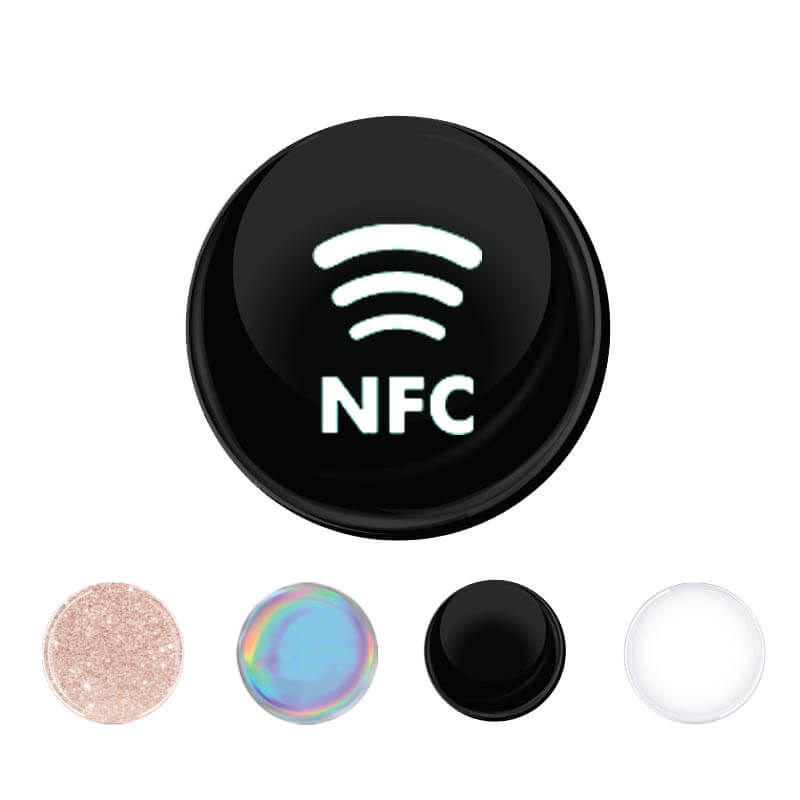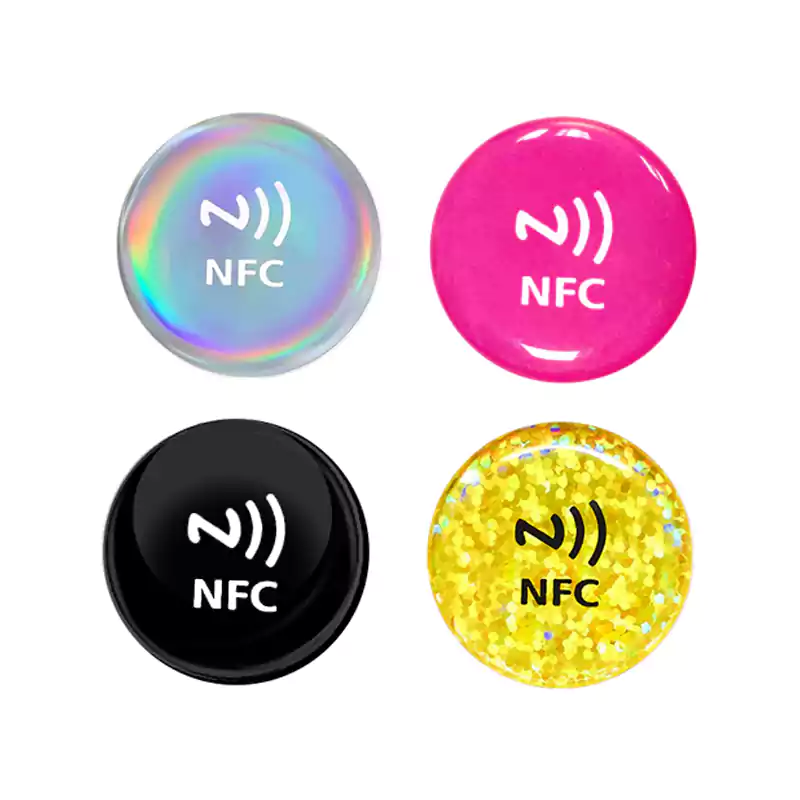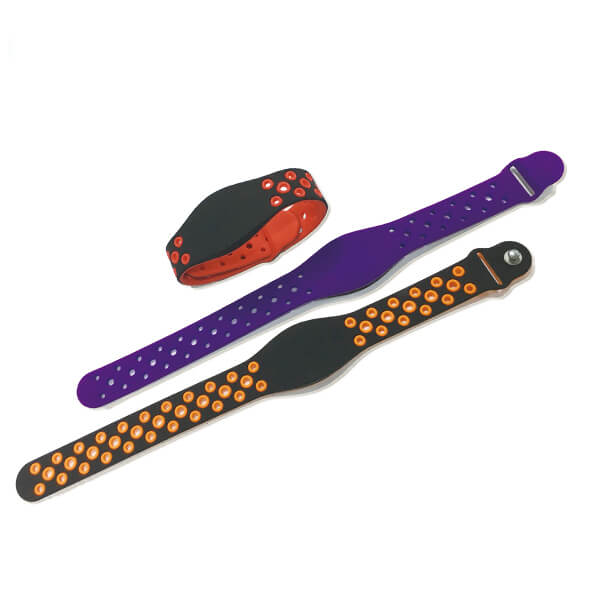Did you know that the smallest RFID tag for tracking can go as small as 0.4 x 0.4 mm? But why does the size matter?
Researchers are continuously developing RFID tags for various applications. Small RFID tags have a shorter read range since they cannot capture as much energy from antenna readers. But AK Tag was able to develop a small tag with a wider range. These small tags are ideal for goods and package tracking.
The size of an RFID is not measured by its body but through its antenna. And in this article, we will share with you the smallest RFID tag for tracking ever created.
Hitachi: The smallest RFID tag for tracking
The smallest RFID tag for tracking was developed by Hitachi in 2007. It has a size of 0.4 x 0.4 millimeters. It looks like a speck of dust on a human fingertip. Researchers have called them “powder type” tags since they are 60x smaller. They are barely noticeable next to human hair.
The AK Tag was 10 mm x 12mm which is still bigger. Its size was outrun by Hitachi’s powder tags. The new RFID chips have 128-bit ROM for storing a unique 38 digit number. It is similar to their predecessor.
What makes it unique is the semiconductor miniaturization technology that lets users write data on the chip. Despite the size, it can store information needed for unique applications. Also known as mu-chips, Hitachi’s powder zip was used to prevent ticket forgery during the Aichi international technology exposition.
Since it is very small, it was very easy to incorporate it into the paper. It can be used for paper currency and gift certificates. Smaller RFID tags are also proven useful for product tracking. You may also embed it into doorways to prevent consumer theft.
For instance, suppose you have joined some sort of a rally. If police agencies sprinkle the powder tags around, every individual could be tracked. Later police will be able to identify each person through powerful tag scanners.
What is an RFID Tag?
An RFID tag is a wireless technology that receives signals and stores data through an RFID chip. When you integrate an RFID tag to an object, you can scan it later with a reader to reveal useful data.
RFID tags transmit data about an item via radio waves. It passes through the antenna and the reader. These get their power from the radio waves themselves and do not use batteries to operate.
RFID tags can vary depending on storage capacity and their sizes. While smaller RFID tags have a limited reader range, researchers are still in the quest of making small RFIDs.
The following are some popular uses of RFID tags.
Product Tracking
RFID tags or labels can be attached to products and packages for easy tracking. In the chaotic world of manufacturing, it is hard to monitor daily processes using manual labor. Manufacturers nowadays depend on RFID tags to increase efficiency in their operations, reduce human errors, and improve quality.
Race Timing
Another popular use of RFID is timing marathons and races. Most participants do not realize that they are being timed using RFI technology. These RFID tags can be attached to wristbands which are worn by athletes to record their movement. While the race is going, these tags gather insightful information for event managers and the audience.
Attendee Tracking
Managers for huge events don’t have time to manually headcount and track attendees. The RFID tags simplify this process by a monitor who went and what time. It keeps the flow of traffic moving and prevents crowds of people from falling in line for entry. RFID is very useful for event managers because it also records insightful data about consumer behaviors. Using these data, event managers can collaborate with marketing professionals to create more meaningful offers for customers.
Access Control
Hotel key cards use RFID technology to provide contactless access for guests. This is how you can swipe and enter hotel rooms. Most importantly, certain areas in hotels require an expected level of security and access. Business owners can restrict access to people using pre-approved RFID cards.
Is there a smaller RFID tag for tracking?
Researchers in North Carolina are experimenting with a small RFID tag. The size is about twice the width of human hair. It is small enough to sell RFID tags at a lower cost and be applied to low-value goods.
Instead of relying on analog-based RF, the new tag relies on digital-based RF. According to the university, the chip will be able to read data within 3 meters. This is already a big lift from the standard reading range of 10 meters.
On the other hand, the University of Stanford is running a project of developing a small RFID tag. The target size is 22 microns allowing it to fit in a human body cell.
If the project is a success, the small RFID tags will be used in humans. In a test, the RFID chip was inserted into a melanoma cell of a mouse. ‘
The Stanford team is calling their invention the Micrometer-Scale Magnetic Resonance-Coupled RFID Transmitter. Its primary purpose is being wireless sensors in the cell that help with health diagnoses.
The power of RFID tags?
Welcome to the future! Previously, you only had to watch how small RFID tags are being used in Tom Cruise movies. You’ve probably seen in Mission Impossible how RFID chips were used to track down agents.
While it was only a fictional story, some parts of it are becoming a reality now. With continuous research more and more small RFID tags will come to the market. The use of small RFID chips in humans is quite promising though.
We all have been watching how these RFID chips are making swift changes in the tech industry. But it is not just that. Key players are also looking forward to how these RFIDs are going to unfold more capabilities in the future and replace conventional methods.








